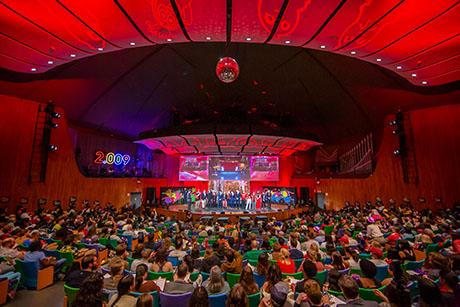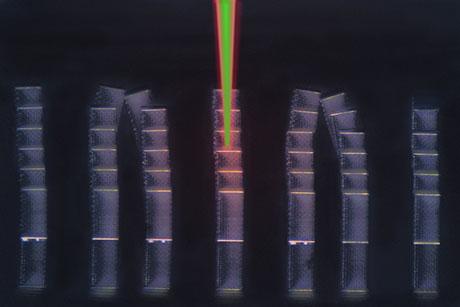Visual Thinking for Engineers
Associate professor Maria Yang studies the importance of early-stage design.
Where other mechanical engineering faculty come bearing specific innovative artifacts, Maria Yang offers conceptual strategies for innovation, regardless of the technology. For her, innovation first manifests itself in early-stage design.
“My pitch is for visual thinking,” she explains. “Students come to MIT and they are very strong mathematically, but visual thinking is part and parcel of being a mechanical engineer. We need to think about how things fit together, how gears work, how a product works.”
Yang, an associate professor of mechanical engineering and engineering systems who directs MIT's Ideation Lab, conducted several studies to better understand the importance of early-stage sketching. “We found that those people who drew earlier in the process tended to have better design outcomes,” she says. “But surprisingly, one’s sketching ability didn’t seem to play a role in how well the design turned out."
Yang describes three major types of drawing for product design: prescriptive (giving instructions for someone else, such as a blueprint), communication (using a drawing to explain or sell an idea), and thinking (drawing to think through an idea). That third process is what Yang is most interested in, as she believes it begets creativity and innovation.
“‘Thinking drawing’ tells people how to think for themselves. It doesn’t matter how well you draw, it just helps people think through their ideas. It’s known as having ‘a dialogue with the paper.’”
Based on her studies, Yang encourages her students in 2.00 (Introduction to Design) to sketch and build prototypes early in the design process. This strategy also extends to the design of complex engineering systems. “Engineers typically think in terms of sub-systems and sub-components,” she says, “but integration is a major issue, and one of the things we’ve found through our work with NASA is how critical visualization is in facilitating integration. Understanding the process of designing things helps engineers to see the product end to end.”


